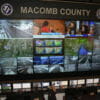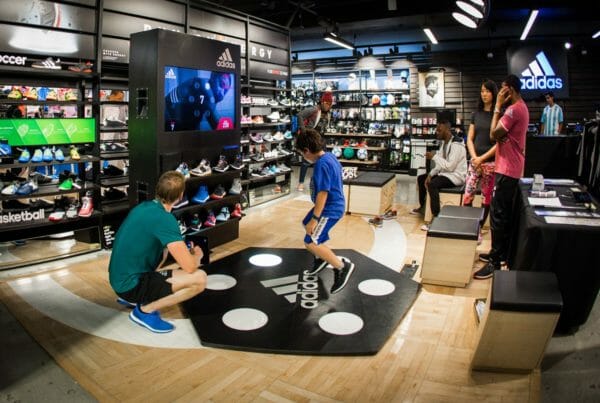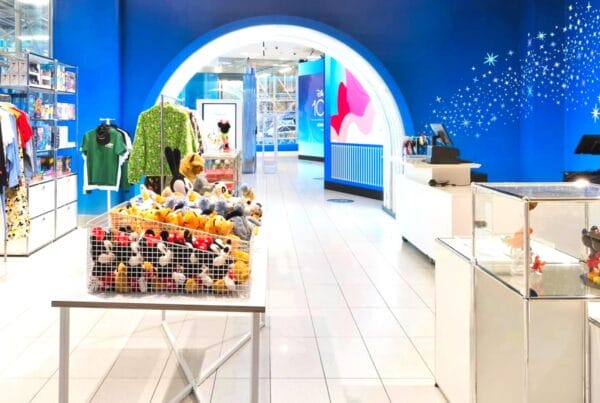The modern retail landscape is complex, simultaneously seeing growth in consumer spending, and yet many challenges for some physical retailers. Data-driven decisions are one of the biggest components we see at Bluewater for thriving in the modern retail environment.
With strong data backing your efforts, you can make quick, laser-focused changes to meet a changing set of customer needs. Without it, you’re more or less flying blind.
How exactly do data-driven decisions lead to thriving retail businesses? Here are seven of the ways that data is changing the retail landscape.
Data Needs to Drive Customer Interactions
Businesses can no longer get by on creating a single generic customer profile and crafting communications around that (often stereotypical) figure. And the good news is they no longer have to. With rich customer data, you can tailor your communications to customers based on what you know about them.
Everything you do in interacting with a customer should be undergirded with customer data – from your current promotions to the way you talk about those promotions.
At Bluewater, we offer the retail analytics tools you need to start building better, more useable customer data sets.
“The Customer Is Always Right” Has Evolved
This trope used to mean doing whatever it takes in the moment to satisfy an individual customer. In the modern retail landscape, it means much more. Now, the needs and desires of your customers should be the real drivers of change throughout your organization.
Don’t let structure or tradition hold you back from putting your customers’ priorities first. Let your customers (and their purchasing habits) drive change first of all. Again, you’ll need the right analytics tools to do this. We can help.
This also means the customer is more than likely “always in the know” The always on mentality and evolution of the smartphone means that the consumer or business you are aiming to sell to has in many instances more data available to them than the retailer themselves at the point of sale.

Personalization in the Customer Experience Increases Engagement
Creating meaningful personalization in customer experiences is challenging, but the rewards are worth the effort. Today’s customers have shorter attention spans and want their needs to be met quickly. Useful personalized recommendations (and even discounts) are one key way to increase customer engagement and loyalty.
Customer Loyalty Programs Generate Loyalty – And Data
It’s no secret that customer loyalty programs – from the grocery store keychains to subscription services like Amazon Prime – generate results. First, they generate customer loyalty by providing discounts and incentives to continue shopping with you. They also give you a way to reach the customer with marketing materials (print or digital).
Just as important, these programs are one of the biggest sources of data in retail. They’re how you determine that a particular consumer buys a lot of coffee and will likely respond to a discount on a coffee product, for example.
Cross-Channel Data Sharing and Decision-Making Is Key
Larger chain or multi-location retail businesses face a unique set of data challenges. Not every store or unit has an identical customer base, for one. Great data from store #12 in Brooklyn could in some cases lead to terrible decision-making elsewhere (say, in store #57 in South Dakota).
But on the other extreme, you also don’t want to leave individual store managers dataless, forced to make decisions merely based on intuition and day-to-day observations.
Larger chains need cross-channel data collection that takes into account the entire scope of the organization. And consider leaving some decisions up to individual store managers – but arm them with actionable data at their store’s level so that they can make these decisions in a data-driven way.

Digital Signage Allows for Data-Driven Messaging Flexibility (and Quick Pivots)
Getting the right data analytics in place can get you the data you need to make better retail decisions. But legacy processes can slow down the implementation of those decisions to an unhelpful degree.
One way this occurs is through signage and physical advertising. Producing new signage or ad campaigns takes days at a minimum, if not weeks or even a month to physically produce signs, banners and the like.
Well-placed digital signage gives you much quicker flexibility to use your data-driven insights to modify your messaging. Text-based content can be changed in an instant, and designed content can be updated the second you get a final draft from Creative.
In this way, digital signage or dynamic format displays are a powerful investment. You can dump a poorly performing campaign with lightning speed, or pivot to something time-sensitive and unexpected (such as a current event in the local or national news).
AI Can Draw Out Insights from Your Customer Data
One of the biggest challenges to working with customer data is making sense of it. Data-driven retailers must use this customer data to make quick decisions that lead to pertinent, personal customer experiences. But sifting through the data and making good decisions quickly from it is very difficult if not impossible – without AI-powered automation. You need the right AI-driven tools to help you make sense of your customer data – and take appropriate actions with it.











